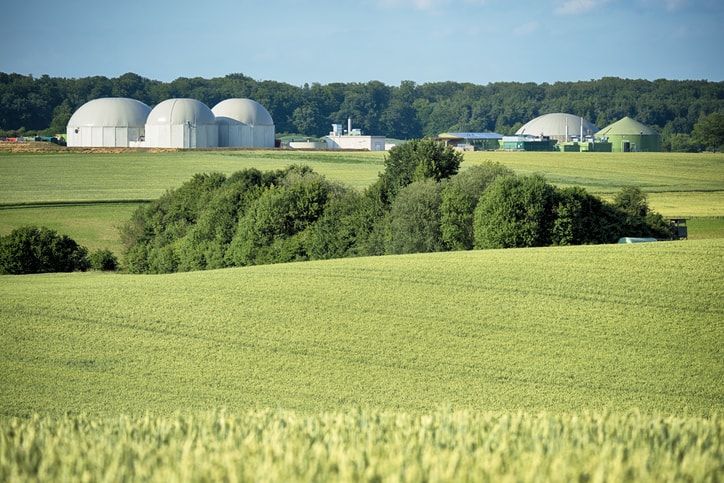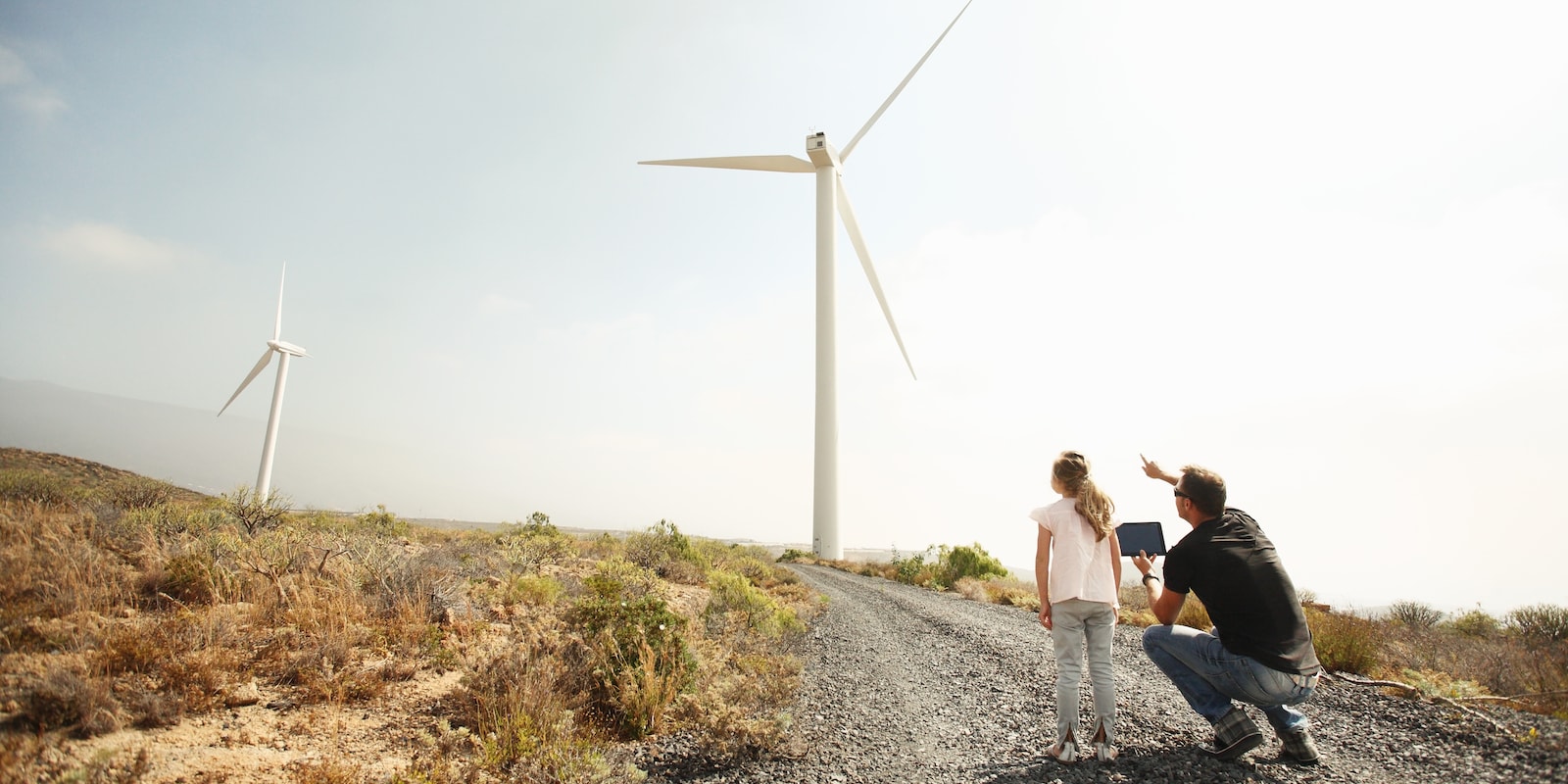Thursday, November 23, 2023
In recent decades, energy alternatives that have similar characteristics to fossil fuels, but with minimal or no environmental impact, have become more popular.
The industry and transportation sectors have been asking themselves a question for decades: How can we reduce our emissions? If we want Spain to be carbon neutral by 2050, how can we reduce the footprint to zero? It is a question that, in fact, is shared with other sectors such as the energy sector, since several of its raw materials are common.
In recent decades, energy alternatives with similar characteristics to fossil fuels, but with a reduced environmental impact, have become more valuable. This is where a little-known fuel comes into play: biomethane.
What is biomethane and how is it used?
Biomethane is a renewable gas that, as you may have guessed, has a high concentration of methane, which is precisely what gives it the status of fuel. It is obtained from biogas, which in turn is produced through a natural decomposition process of biodegradable organic agricultural, livestock, and industrial waste.
To produce biomethane, biogas must undergo a purification process called upgrading. In it, CO2 is separated from the rest of its components, isolating methane and increasing its concentration up to 95%. Since it ultimately comes from organic waste, the resulting substance will be called biomethane. It is precisely this origin of the raw material that gives it its renewable nature and allows a reduction of up to 100% in CO2 emissions compared to natural gas.
If you have a slight knowledge of chemistry, you will have seen that the composition of biomethane and natural gas is quite similar, so biomethane has the same applications: it can be used for electricity and heat generation in homes and industries, used to produce green hydrogen or as a fuel in transportation, if compressed or liquefied. Both have identical uses, but, as we can see, biomethane makes a definite contribution to the circular economy (due to the new uses of the waste from which it is produced) and enhances the decarbonization of the sectors in which it is used. It therefore promotes the energy transition. In addition, biomethane production plants also contribute to the sustainable economic development of the rural world by boosting sectors such as agriculture and livestock.
Cepsa's goal: up to 15 plants in Spain
In this context, Cepsa has set a goal: to manage a biomethane project portfolio of four terawatt hours per year (Twh/year) by 2030, equivalent to enough energy for 650,000 homes. "Our main objective with the production of biomethane is to replace natural gas in the industrial processes of our Energy Parks and, especially, for the production of green hydrogen," company sources indicate.
In order to advance this objective, the energy company has signed an alliance with Kira Ventures to develop up to 15 biomethane plants in mainland Spain by 2030. The first five plants, on which work is already underway, would be located in Castilla-La Mancha and Castilla y León and could be operational between 2025 and 2026.
These will use agricultural and livestock waste, such as manure and slurry, among others, from the areas where they are implemented. The facilities will be 100% sustainable, as they will use electricity from renewable sources and will take advantage of the heat generated by the biogas itself. The development of these plants is a further step in Cepsa's strategy to decarbonize its activity and continue to make progress in the energy transition.
¿Te ha parecido interesante?





